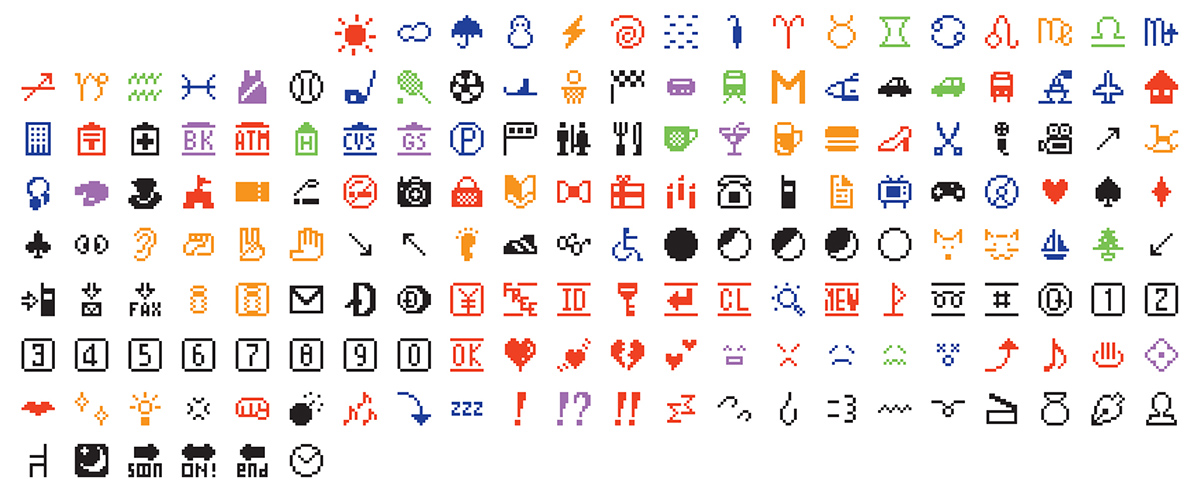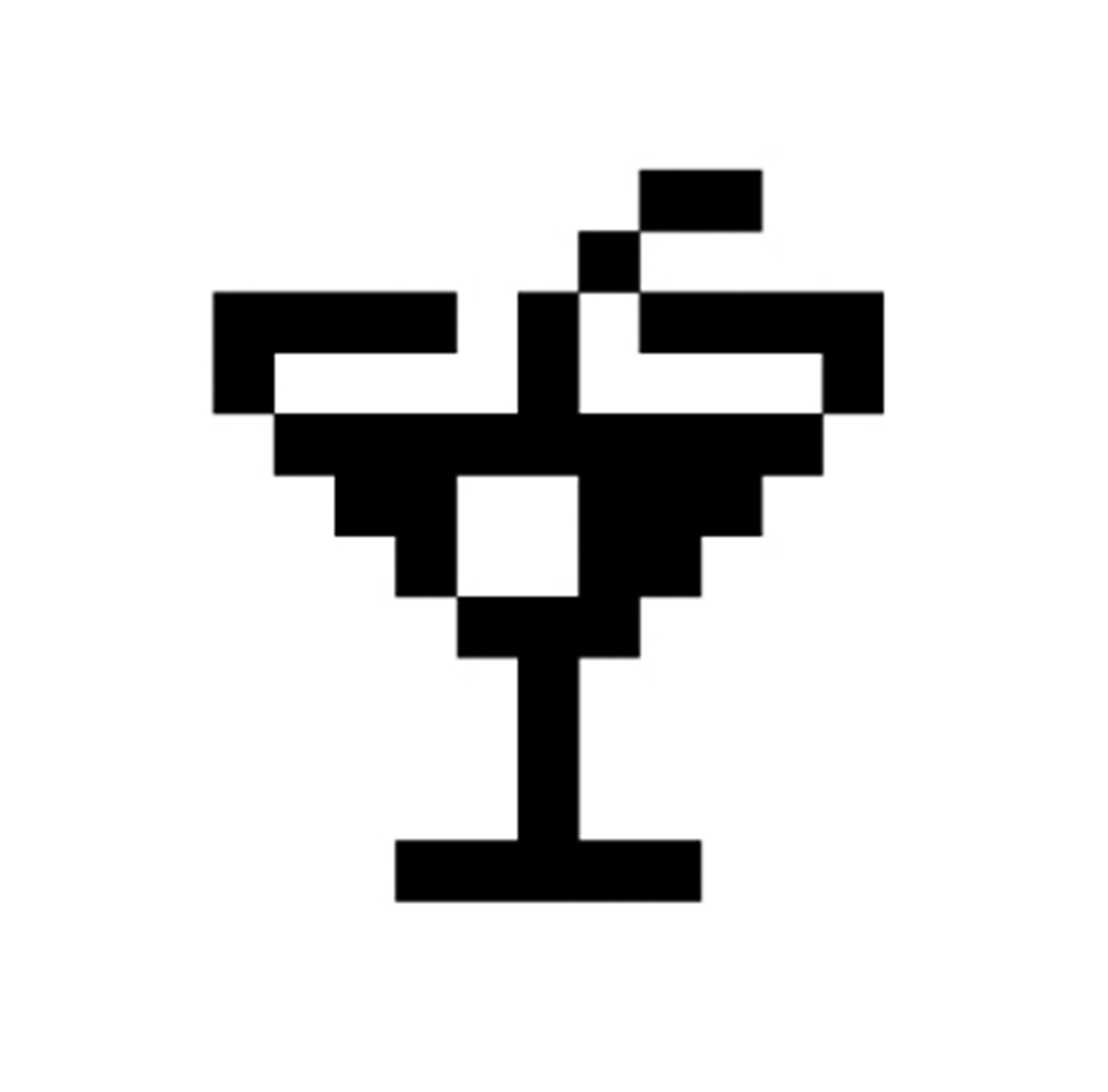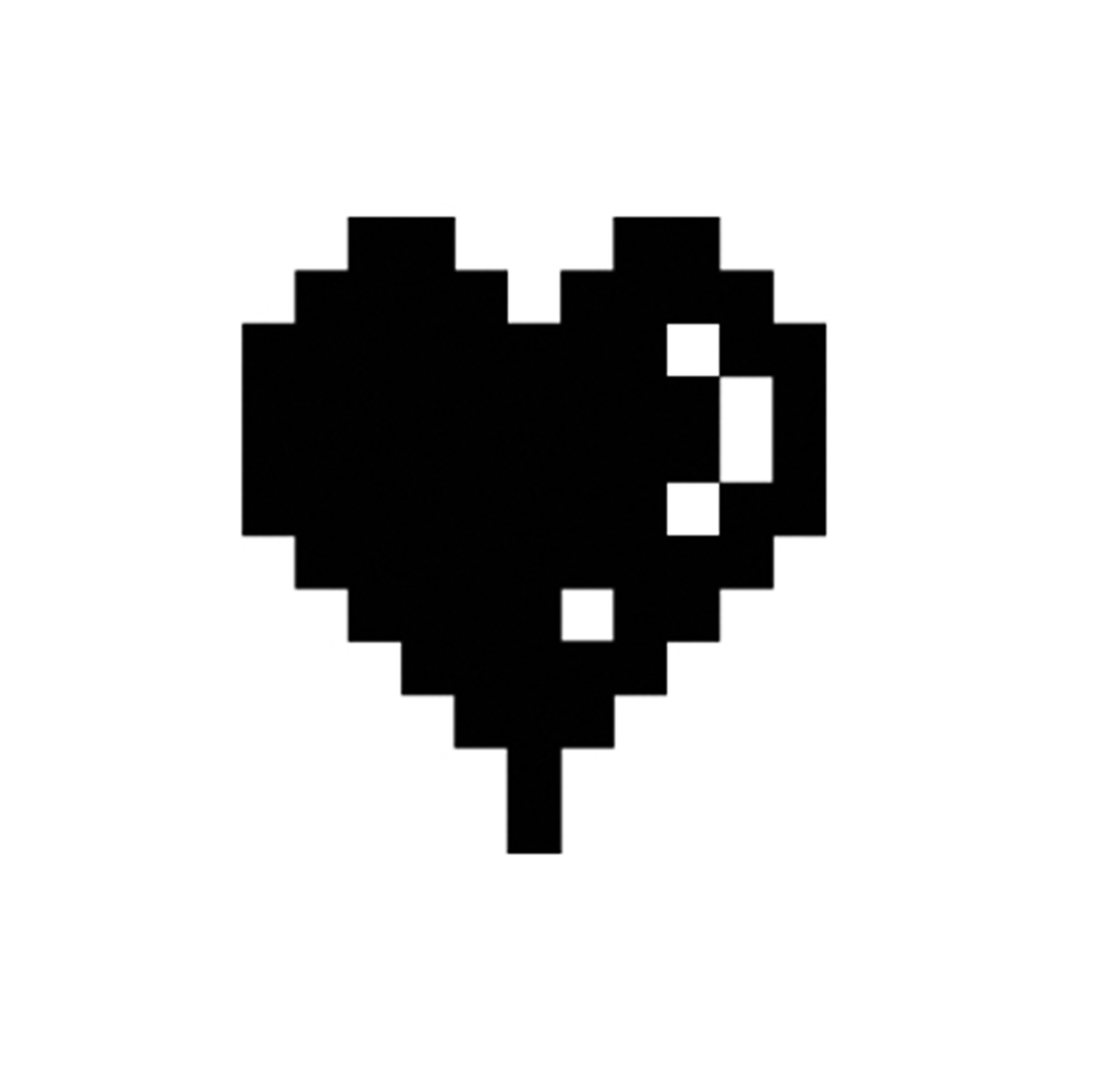Submitted by WA Contents
MoMA adds original 176 emoji to its permanent collection
United States Architecture News - Oct 27, 2016 - 17:45 17077 views

MoMA announced that the NTT DOCOMO’s original set of 176 emoji was added to the MoMA's collection. Developed under the supervision of Shigetaka Kurita and released for cell phones in 1999, these 12 x 12 pixel humble masterpieces of design planted the seeds for the explosive growth of a new visual language.
From its founding in 1991 by the Japanese national carrier Nippon Telegraph and Telephone, NTT DOCOMO was at the forefront of the burgeoning field of mobile communications. In keeping with Japan’s longstanding pioneering role in technological adoption, Japanese tech companies, and NTT DOCOMO in particular, were ahead of the curve in incorporating mobile Internet capabilities into cell phones.
Early mobile devices, however, were rudimentary and visually unwieldy, capable of receiving only simple information about weather forecasts and basic text messaging. For the revolutionary “i-mode” mobile Internet software NTT DOCOMO was developing, a more compelling interface was needed. Shigetaka Kurita, who was a member of the i-mode development team, proposed a better way to incorporate images in the limited visual space available on cell phone screens.

Shigetaka Kurita. Emoji (original set of 176), 1999, Digital image, Gift of NTT DOCOMO, Inc. Image © 2016 NTT DOCOMO
Released in 1999, Kurita’s 176 emoji (picture characters) were instantly successful and copied by rival companies in Japan. Twelve years later, when a far larger set was released for Apple’s iPhone, emoji burst into a new form of global digital communication.
Emoji tap into a long tradition of expressive visual language. Images and patterns have been incorporated within text since antiquity. From ancient examples to, more recently, the work of creative typesetters, these early specimens functioned as a means of augmenting both the expressive content of the text and the overall aesthetic quality of the printed page — and in some cases the icons were the language. With the advent of email in the 1970s and the subsequent evolution of concise, almost telegraphic correspondence, the conveyance of tone and emotion became both harder and more urgently important.

Shigetaka Kurita. Emoji (original set of 176), 1999, Digital image, Gift of NTT DOCOMO, Inc. Image © 2016 NTT DOCOMO
Beginning in the 1980s, computer users in the West began composing emoticons to create simple faces out of preexisting glyphs — the ubiquitous smiley face :) is an example. In Japan, the larger character set necessitated by the language allowed for even more complicated images, giving rise to kaomoji, or picture faces, such as the now common shruggy: ¯\_(?)_/ ¯. When combined with text, these simple images allow for more nuanced intonation. Filling in for body language, emoticons, kaomoji, and emoji reassert the human in the deeply impersonal, abstract space of electronic communication.
The transition from desktop to mobile platforms necessitated a further rethinking of the customs long associated with written correspondence. This was especially true in Japan, where the cultural necessity of exacting salutations and complex honorifics made early devices’ impractical for widespread adoption. Emoji were an ingenious shortcut around this and other problems. The release of NTT DOCOMO’s emoji contributed to a radical alteration in the way the Japanese communicated through mobile phones.

Shigetaka Kurita. Emoji (original set of 176), 1999, Digital image, Gift of NTT DOCOMO, Inc. Image © 2016 NTT DOCOMO
Working within the software and hardware limitations of the late 1990s, Kurita created his emoji on a small grid of 12 x 12 pixels. Drawing on sources as varied as manga, Zapf dingbats, and commonly used emoticons, Kurita designed a set of 176 emoji that included illustrations of weather phenomena, pictograms like the ♥, and a range of expressive faces. While successful, emoji remained a largely Japanese concern until 2010, when they were translated into Unicode. This development meant that a user in Japan could send an emoji to a user in France with the same basic image being represented on both ends. Google included emoji in its Gmail as early as in 2006, but it wasn’t until 2011, when Apple added emoji functionality to its iOS messaging app, that the emoji explosion began.
Shigetaka Kurita’s emoji are powerful manifestations of the capacity of design to alter human behavior. The design of a chair dictates our posture; so, too, does the format of electronic communication shape our voice. MoMA’s collection is filled with examples of design innovations that radically altered our world, from telephones to personal computers to the @ symbol. Today’s emoji (the current Unicode set numbers nearly 1,800) have evolved far beyond Kurita’s original 176 designs for NTT DOCOMO. However, the DNA for today’s set is clearly present in Kurita’s humble, pixelated, seminal emoji.

Shigetaka Kurita. Emoji (original set of 176), 1999, Digital image, Gift of NTT DOCOMO, Inc. Image © 2016 NTT DOCOMO
Emoji continue to grow in use across the world. To get a sense of just how rapidly they’re enmeshing themselves in contemporary discourse, check out Matthew Rothenberg’s bewildering emojitracker, which documents emoji use on Twitter in real time.
Or head to San Francisco for the first ever “Emojicon,” a celebration of all things emoji (at which I will be speaking). Lastly, a forthcoming installation at MoMA, opening in early December, will further elaborate on the evolution of emoji and give visitors an opportunity to see them in a new light (and no doubt inspire a few selfies).
Top image: Shigetaka Kurita. Emoji (original set of 176), 1999, Digital image, Gift of NTT DOCOMO, Inc. Image © 2016 NTT DOCOMO
> via MoMA
